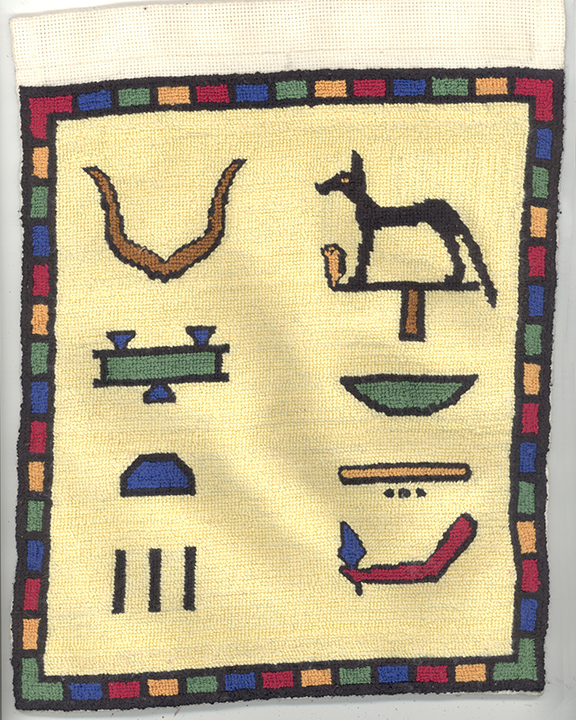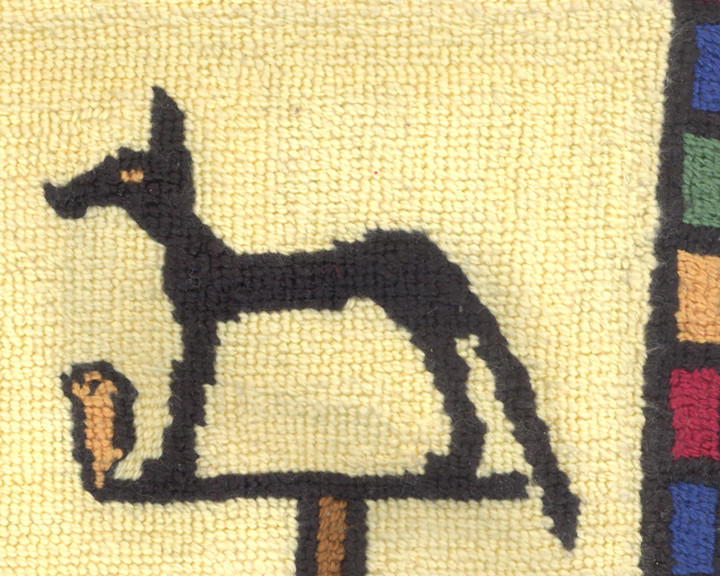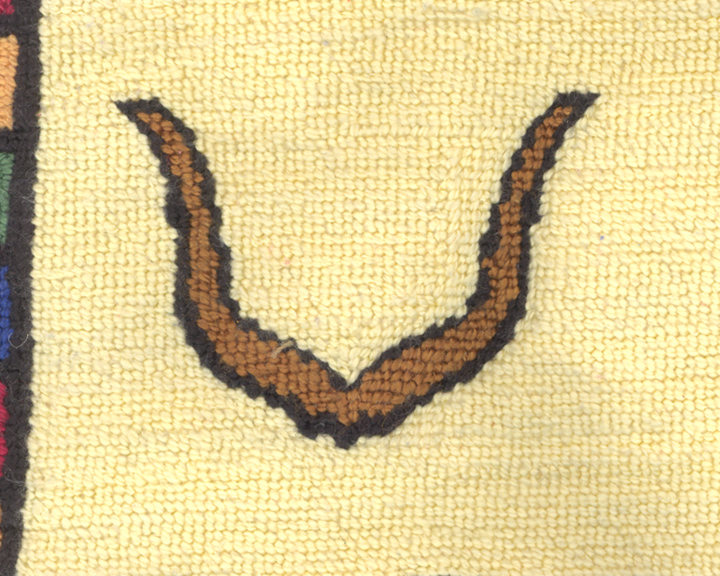
Sunday, December 4, 2016
"Warped?!!!?"
5:25am
Okay... I've sent for a blocking board, but have learned I could have problems straightening this. It turns out I wasn't supposed to have HEMMED it until after it is finished and blocked! The salvage is required to pin down and wrangle with for the evening up. Also, if one uses a hoop, it gives fabric that can be encapsulated by the hoop.
Perhaps forty years ago, I might have known this. I've forgotten it since of course. And as I sew for a living, I surged ahead with the idea that if it involves thread and a needle, I didn't need any instructions!
I was wrong, of course. I've learned a lot during this project, knowledge that will be put to use for the next project.
The first thing I learned that with 18 count fabric and #5 pearl cotton thread, using a "cross" stitch doesn't work, except in rare places. The border is very stiff on the right side, as I'd jammed cross stitches into each "pixel" of the canvas.
Partway through on the border, I realized this and began doing half cross stitches. Then I learned a more effective way of making the stitch, called "continental":

Meanwhile, for the continental stitch, going all in one direction would have been helpful:

Also, I discovered I could change the direction of the diagonal in the stitch itself to mold the shape better:

But, hey, I learned a lot! Should I not be able to straighten it much, it may not be so obvious when it's hanging up.
I look forward to project number two with a much better process in mind!
Note of December 26, 2016: Now that the tapestry is done and in place, the unevenness isn't so apparent.